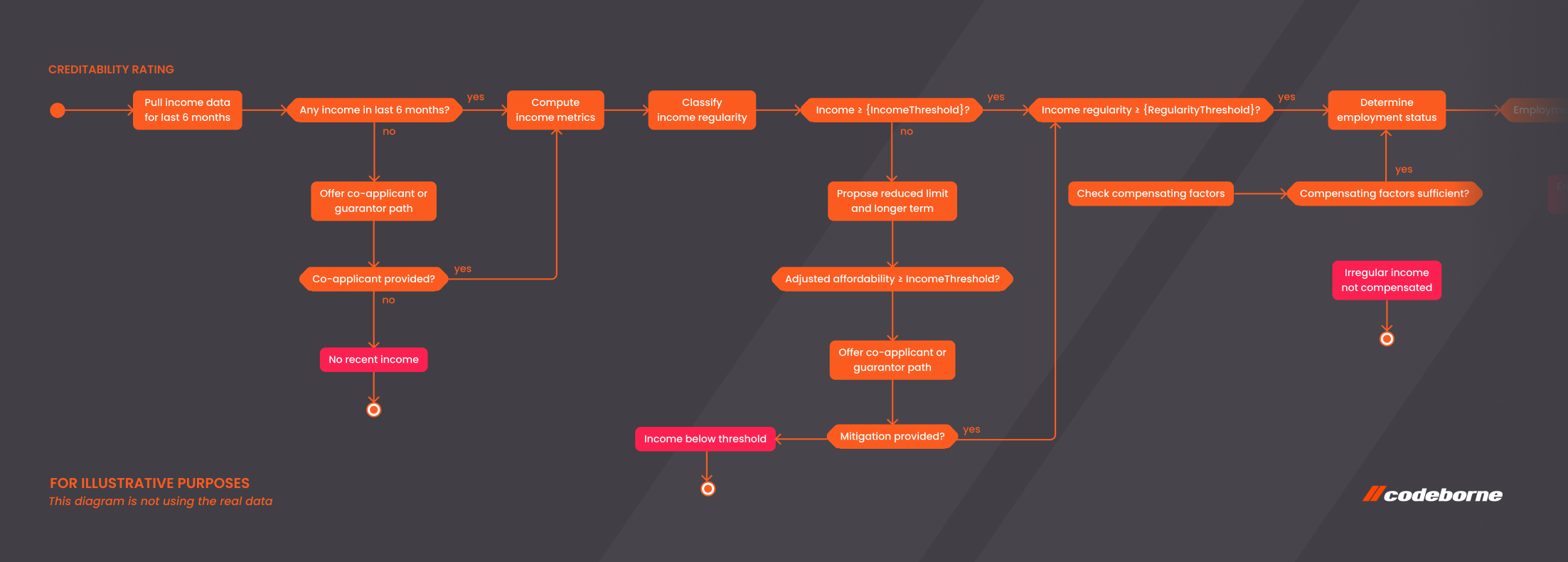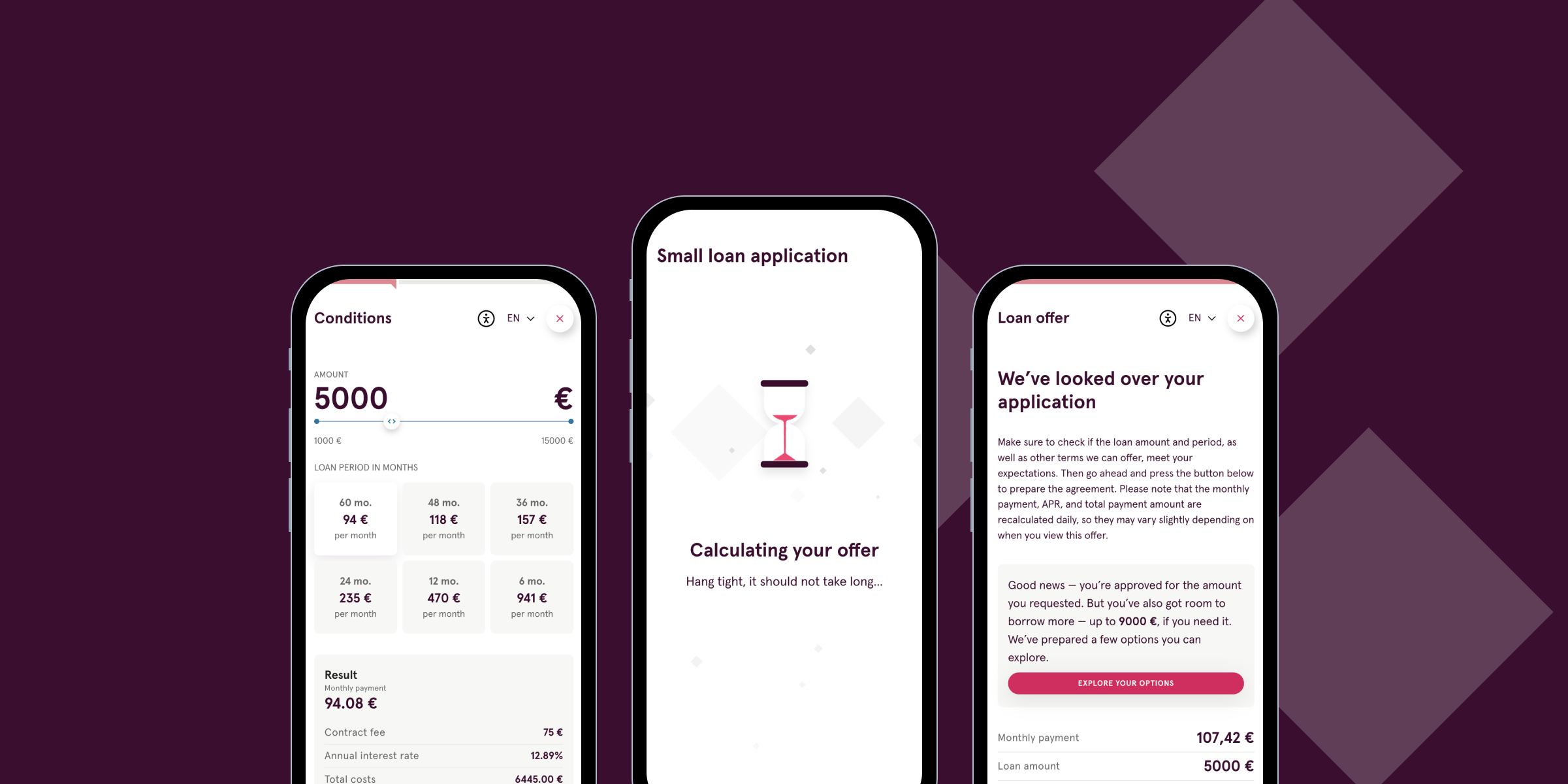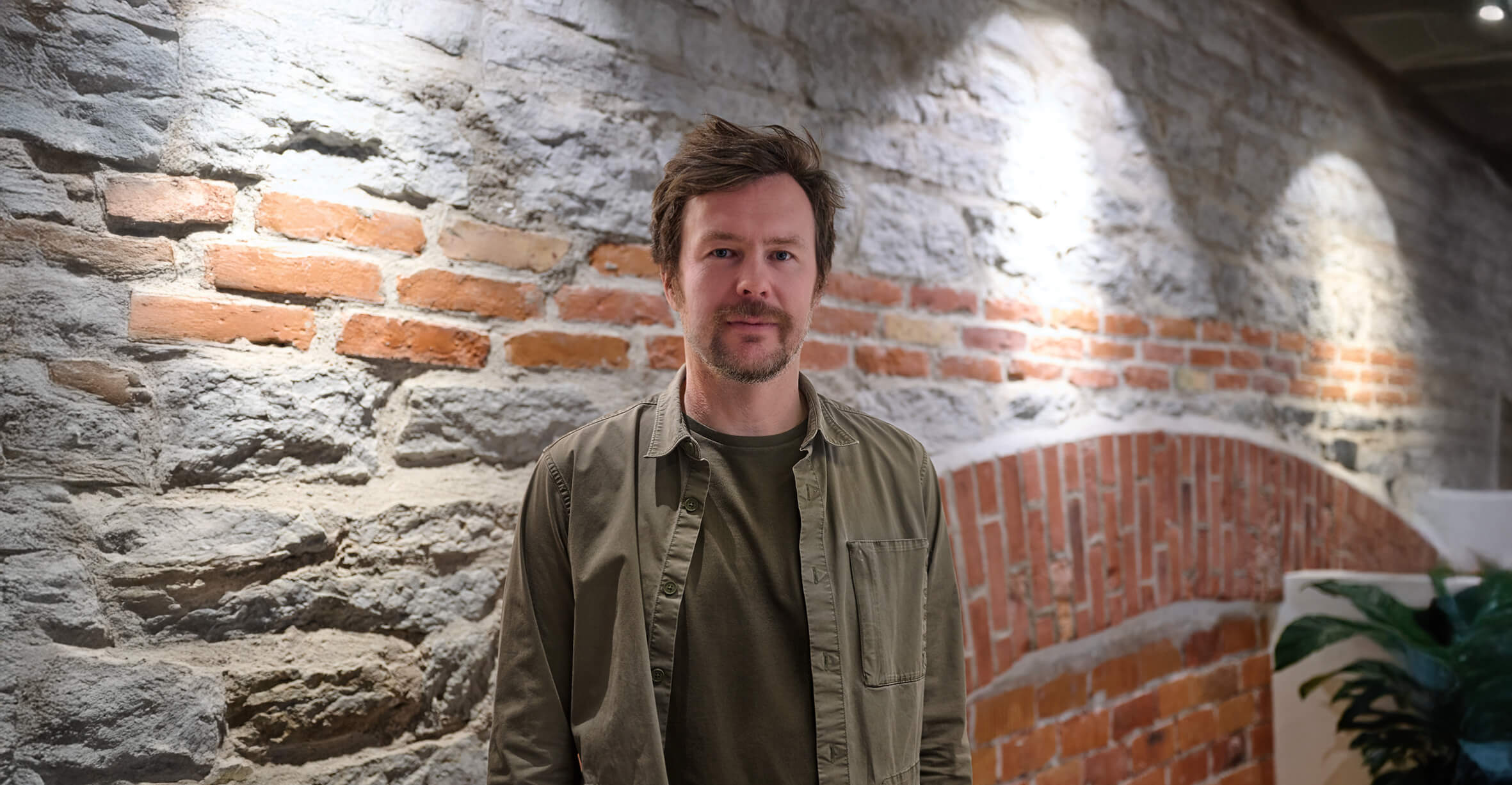
Codeborne 15 - interview with our CEO Toomas
To celebrate 15 years of Codeborne, we sat down with Toomas Talts, the CEO and one of the co-founders of Codeborne, to reflect on the journey, the values that shaped the company, and the unique culture that has defined company's success.
When you started as founders 15 years ago, what was the biggest risk or doubt you had to overcome to start Codeborne?
I can naturally speak for myself, but I don’t recall us having any fear or perceivable risk about the future. Rather, there was excitement and anticipation. Partially because we had already worked together as a team in the bank and were confident in our abilities.
On the other hand, I personally already had previous experience as an entrepreneur. We simply got started, worked hard to make things successful, and it turned out well! And perhaps we were just filled with youthful boldness and a desire to do things our way… after all, we were 15 years younger!
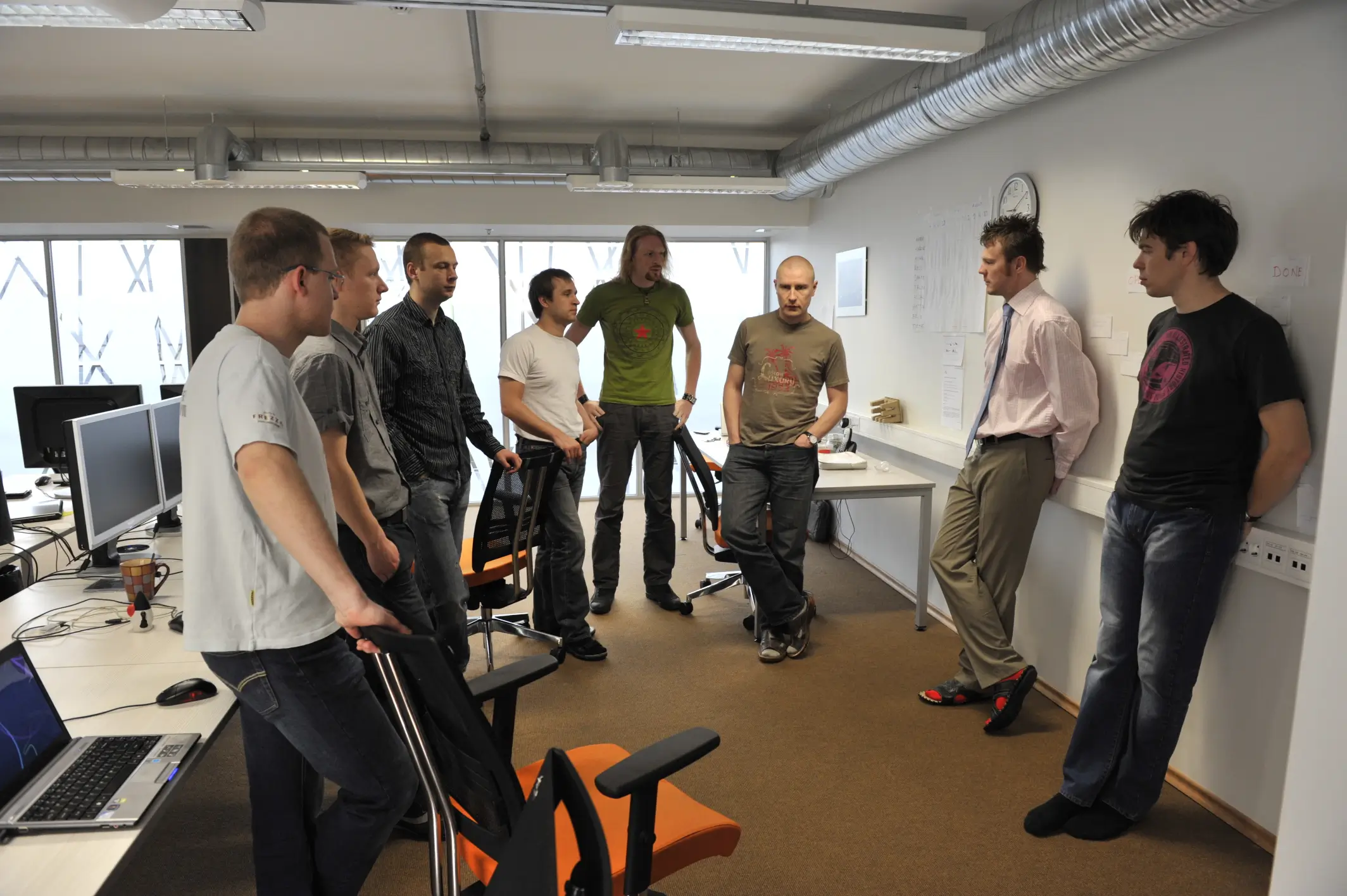
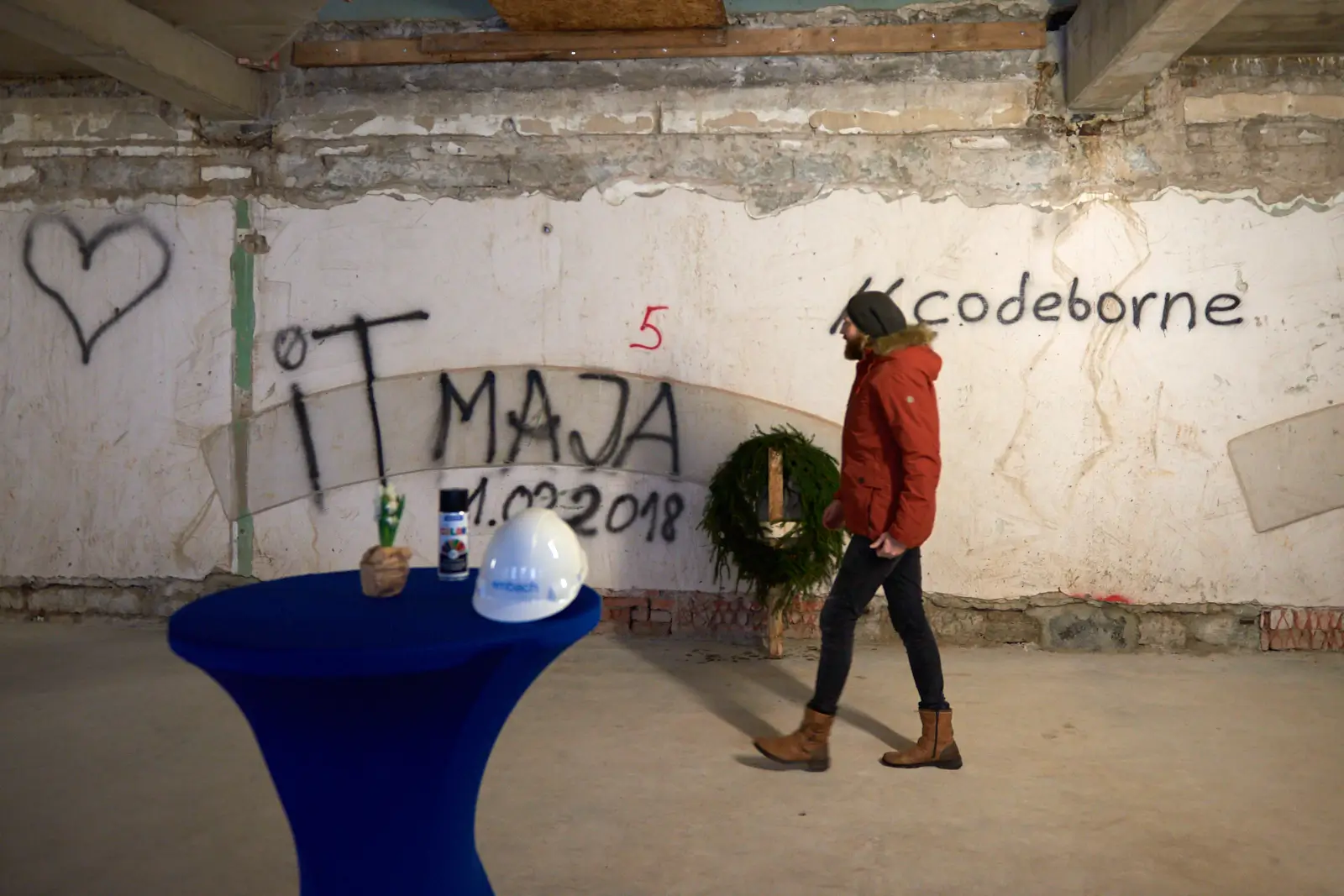
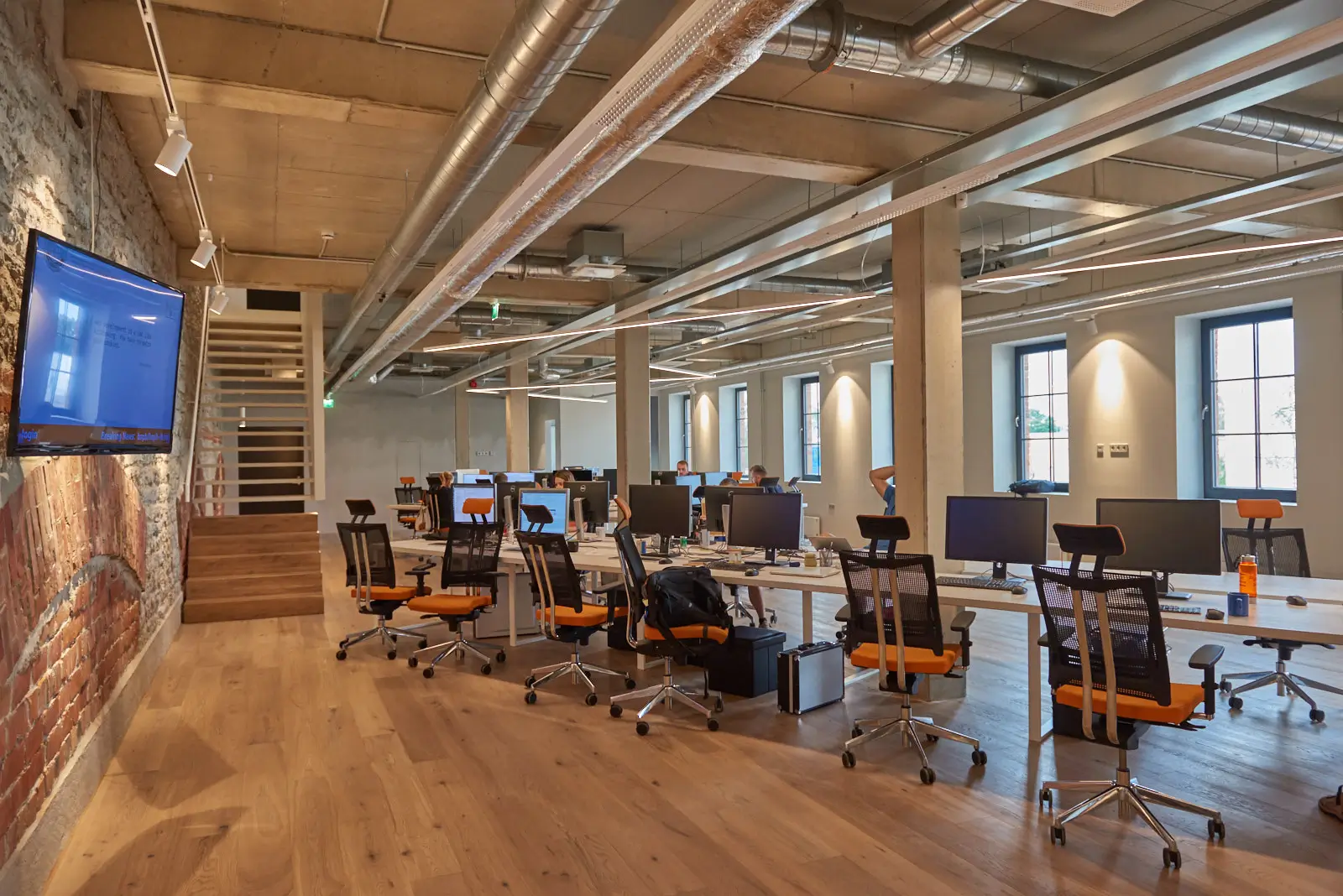
Codeborne – where did the name come from, and who suggested it?
I don’t remember exactly how and who came up with Codeborne, but there was quite a bit of debate and alternatives. Naturally, as technology people, our minds revolved around various technology terms – for example, a connection to Java was relevant. Interestingly, I remember that at one point, we considered naming the company after the island of Sulawesi in the Java Sea.
How would it feel to work for a software development company called Sulawesi OÜ? But I think “driven or lifted by the code” or Codeborne sounds much more impressive.
What kind of company did you want to build? What were your criteria for a “dream workplace”?
The inner drive was to build a company that aligned with how we believed work and the workplace should be. If I were to summarize this into key criteria, I would highlight the following:
First and foremost, the desire to do top-quality work. Whatever product or service comes out of Codeborne must be impeccable. We should never intentionally or negligently botch something.
Additionally, the opportunity to work with smart people and tackle interesting domains and challenging problems.
What type of developers fit at Codeborne? What characterizes a Codeborne software engineer?
Foremost, they must be a good software engineer! Some may have less experience, but they must be excellent at their level. They need to take their work seriously and put their heart into it. From there, it’s about a willingness to learn and work independently because, generally, people reach this level through their own extra effort.
From a company management perspective, it’s also important that team members are diverse and complement each other. This is crucial for the organization, and we have consciously paid attention to it over the years.
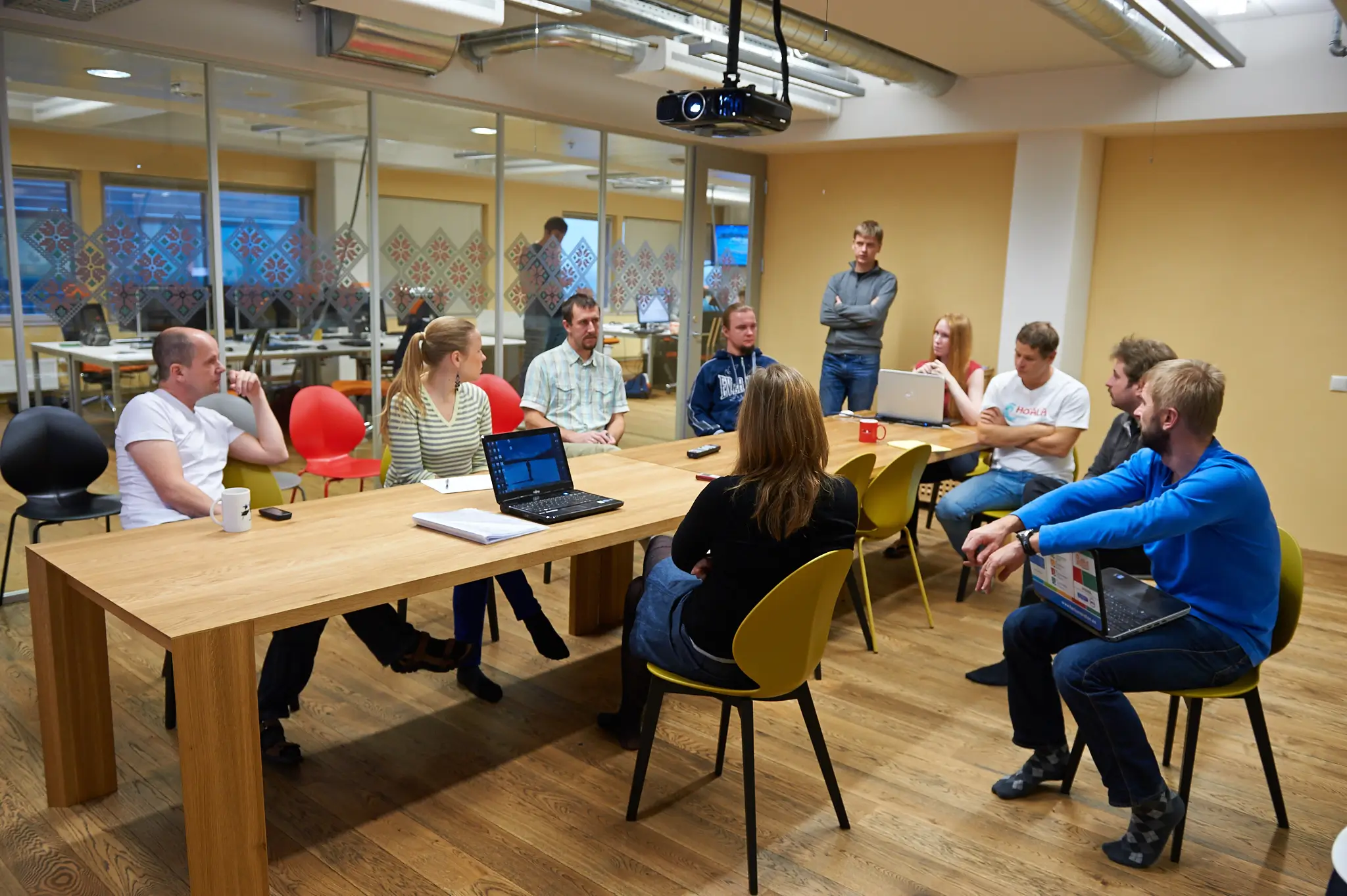
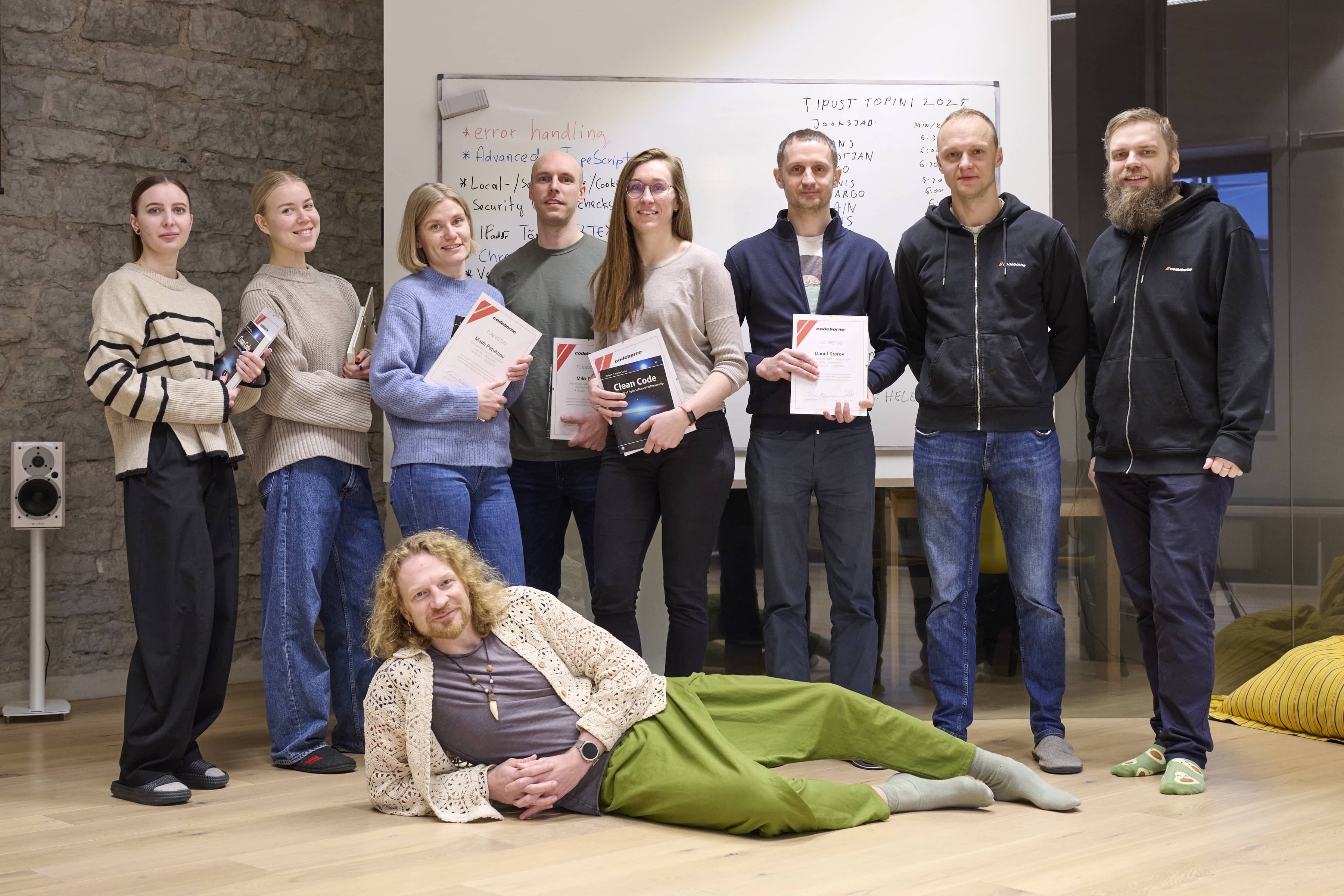
How do we promote continuous innovation and learning among developers in the company?
One cornerstone has been our use of pair programming in our workflow. This immediately places a new person in an environment that offers all possibilities for growth: it helps them get familiar with a new project, learn new technologies, with the help of an experienced pair. Because of this, our entire company culture and routines are built so that innovation and knowledge-sharing are an integral part of daily work.
Additionally, we have weekly team-based technology seminars where people share their knowledge and ideas, as well as a personal training budget that everyone can use as they see fit.
Another aspect is that our technology stack allows for a variety of work: you can develop both server-side and front-end applications, mobile applications, and even hardware-near programming at times. This variety provides broad development opportunities. Our projects also span various business domains, which further enhances learning opportunities.
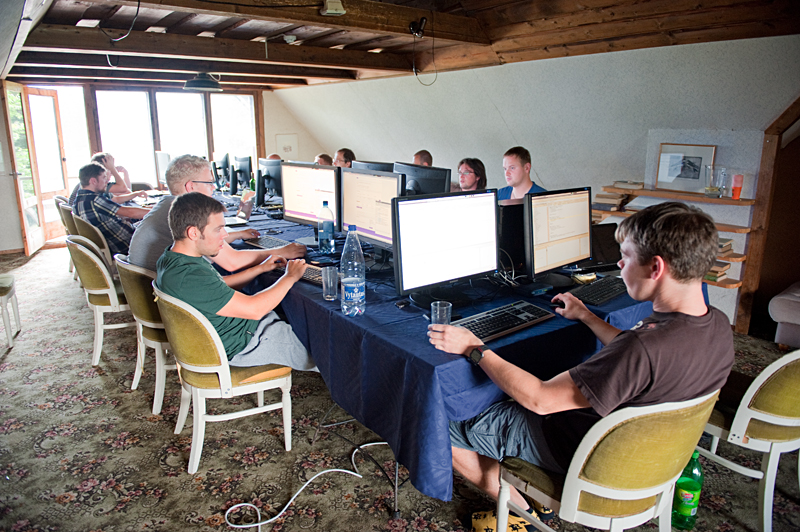
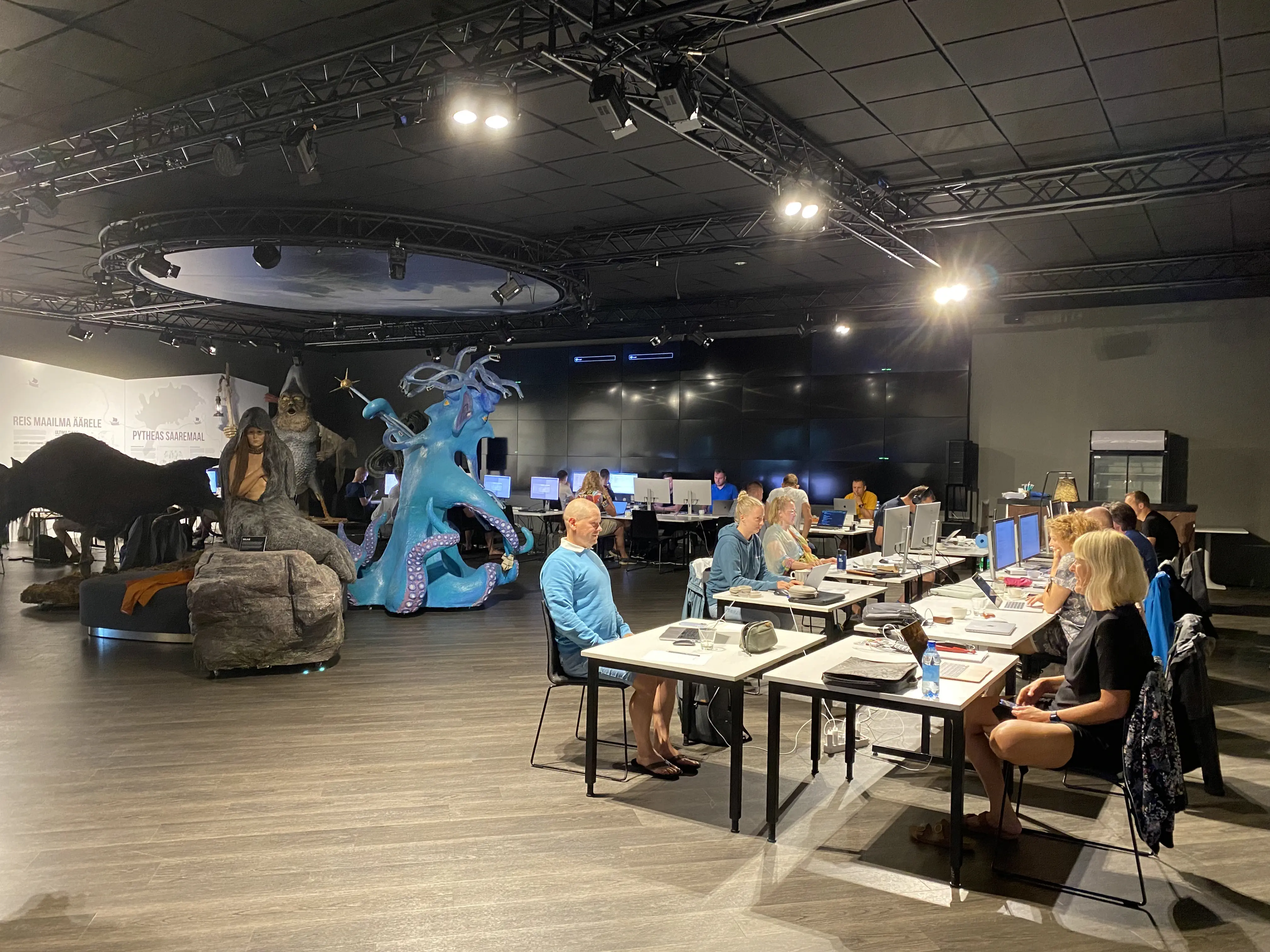
It seems that instead of rapid growth (e.g., through acquisitions), Codeborne has preferred to grow organically, along with client growth or increasing domain knowledge. Was this a conscious choice by the founders?
Yes, it was both a conscious and subconscious decision. If you take in a large group of new people at once, onboarding and integrating them into the existing organization while maintaining the same quality level is a big challenge, and things can start falling apart quickly. So, we have preferred to stay slightly smaller but ensure that we maintain the quality we aim to deliver. That has been our approach so far.
Most of Codeborne’s projects involve collaborating with teams from different languages and cultures. Are development projects generally similar everywhere, or are there interesting differences in various cultural and regulatory environments?
There are clear cultural and linguistic differences, but ultimately, the universal language is the code that is produced – and everyone, everywhere, understands and evaluates it similarly.
What is Codeborne’s ideal client?
“It takes two to tango.” Many things in this world can be done or consumed without feeling a direct connection to them — without thinking about where they come from or what exactly goes into them.
However, we expect the other party to step onto the dance floor with us, take their position, and then start dancing together—their involvement in the development process is, in our experience, crucial to achieving a successful outcome. They should genuinely want the best possible solution to be created for them.
On the other hand, Codeborne is not the right choice for a client who comes in with an order on January 10th, disappears, and then returns on August 10th asking, “How has it been going?” That’s not how you get a good result.
How has the software development field changed over the past 15 years, and how has Codeborne maintained its competitive edge? What is that edge?
To start with, there are still many industries and sectors that are poorly “software-ized.” They do not use specialized software solutions tailored to their business or critical processes to gain a competitive edge. While software is used everywhere, in most cases, it is standard and does not enable differentiation or advantages. We’re not talking about convenience services but about genuinely more efficient and profitable businesses. This means there is still plenty of work for companies like Codeborne.
Another aspect is that Estonian software development and IT, in general, have had a golden era. The groundwork was laid earlier, but we must tip our hats to the Skype founders, as they opened a completely new dimension in our IT landscape – an experience in building a world-class technology company, solving global problems, and making an impact in their industry. Many Estonian engineers learned from this and later became entrepreneurs and founders of world-class technology firms.
These developments have given today’s youth a clear direction on how IT and programming are linked to our daily work and society at large. Our field allows young people to engage in intellectually stimulating work while securing their financial future. Our profession is now at the center of all activities, whether in industries optimizing machinery or defense industries where smart, software-controlled machines are becoming more crucial than expensive hardware. There are great developers in other companies too, but if I were to answer how Codeborne differentiates itself, I’d say we focus on quality work.
And if you look at our financial results, luckily, there are clients who appreciate this quality and buy the services that Codeborne offers. That is our company’s response.
What are the biggest developments at Codeborne over the past 15 years that you are most proud of?
What has always been exciting for me is our people. I genuinely come to work every morning with interest because there is always an intellectually stimulating conversation partner to talk to – not about daily politics, but about specific business, domain, or technological problems. And when you work in a team where some people are smarter than you on certain topics, it is an incredibly enriching and inspiring environment.
Another thing I take pride in is our reputation. Not in a manufactured PR sense, but in the feedback we receive from the market. Developers and job-seekers who join us clearly acknowledge that they are joining a team that does top-tier development. And on the client side, it’s generally known that if someone has a real problem, Codeborne can help.
If you were to start a new software development company today with your founding team, would you do anything differently?
We are who we are, and I think, in the big picture, we wouldn’t do anything differently. That doesn’t mean we haven’t made mistakes, but our values and work principles haven’t changed in 15 years, so my answer remains the same.
Join us!
Codeborne is full of interesting people and exciting challenges. We’re expanding our team and currently looking for a full-stack developer. If you love solving real-world challenges with a skilled team, we’d love to hear from you!
Learn more about the Codeborne experience Experience at CodeborneOur recent stories
“Backing up” a good product owner
One of the key players in most successful agile projects is a product owner, at least in Codeborne’s practice. Our practice stretches for more than 15 years, during which we have successfully delivered over 100 projects.
Unleashing the power - How Creos partnered with Codeborne to change Luxembourg's energy sector
Creos Luxembourg involved Codeborne in its journey to modernize Luxembourg’s energy sector
Consumer loan system - live in 6 months
Our customer, Luminor, a bank formed from the merger of Nordea’s and DNB’s Baltic operations, sought to modernize its systems.
